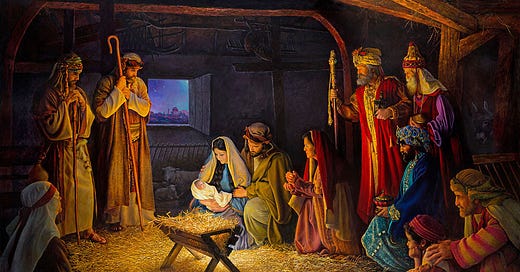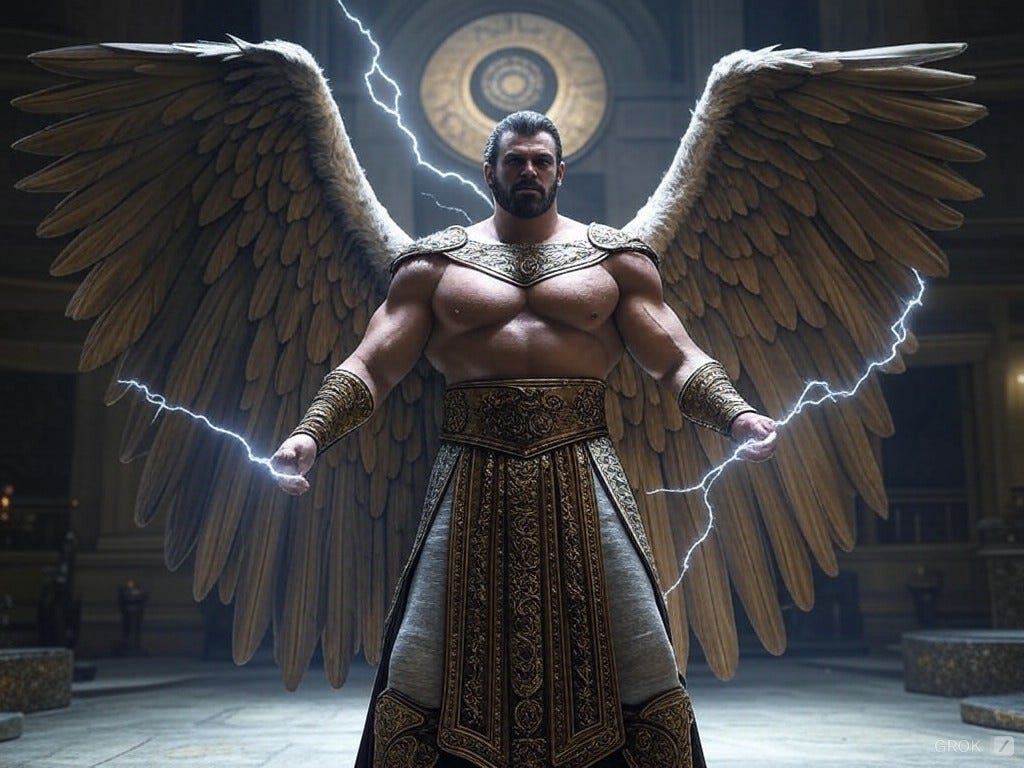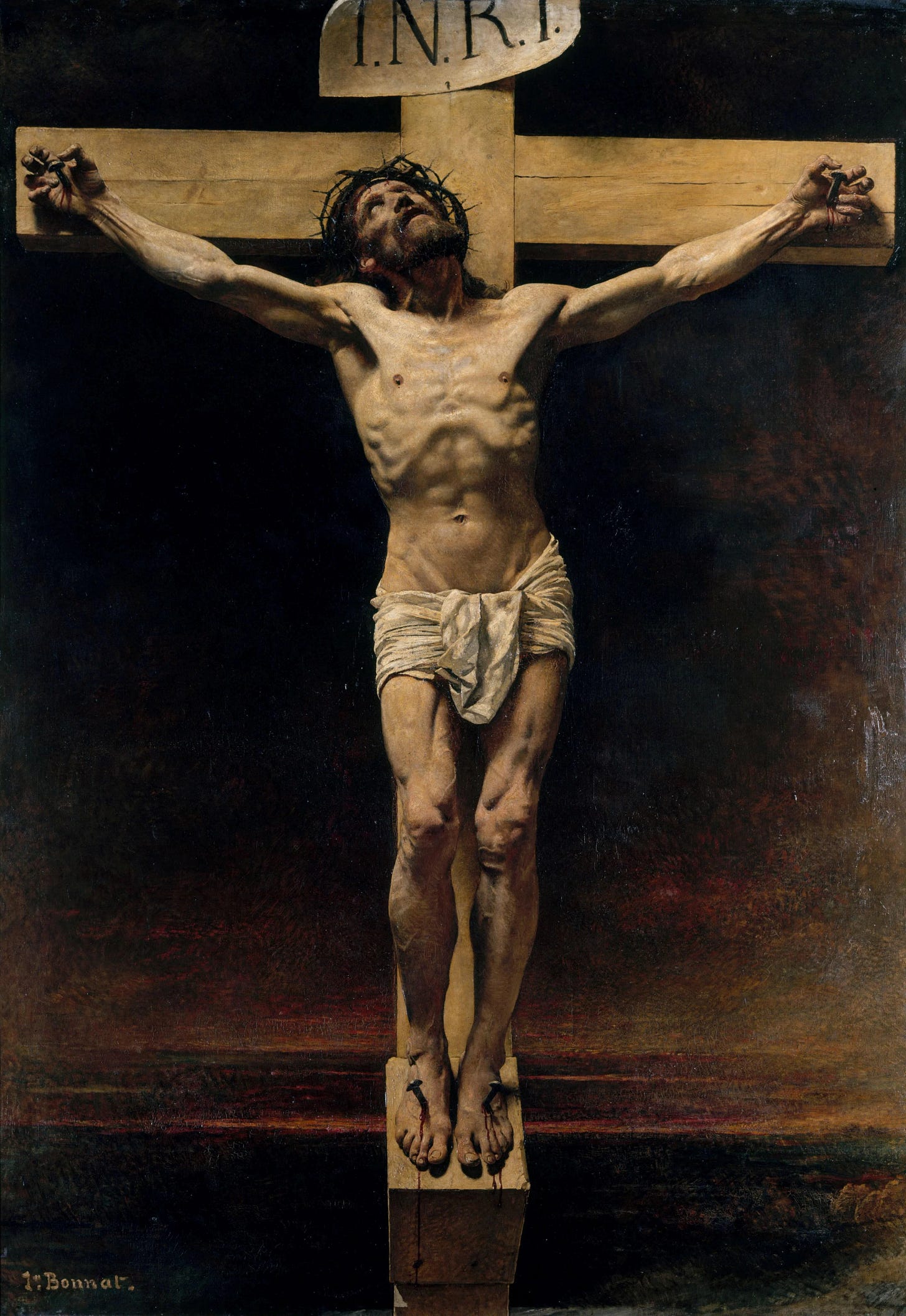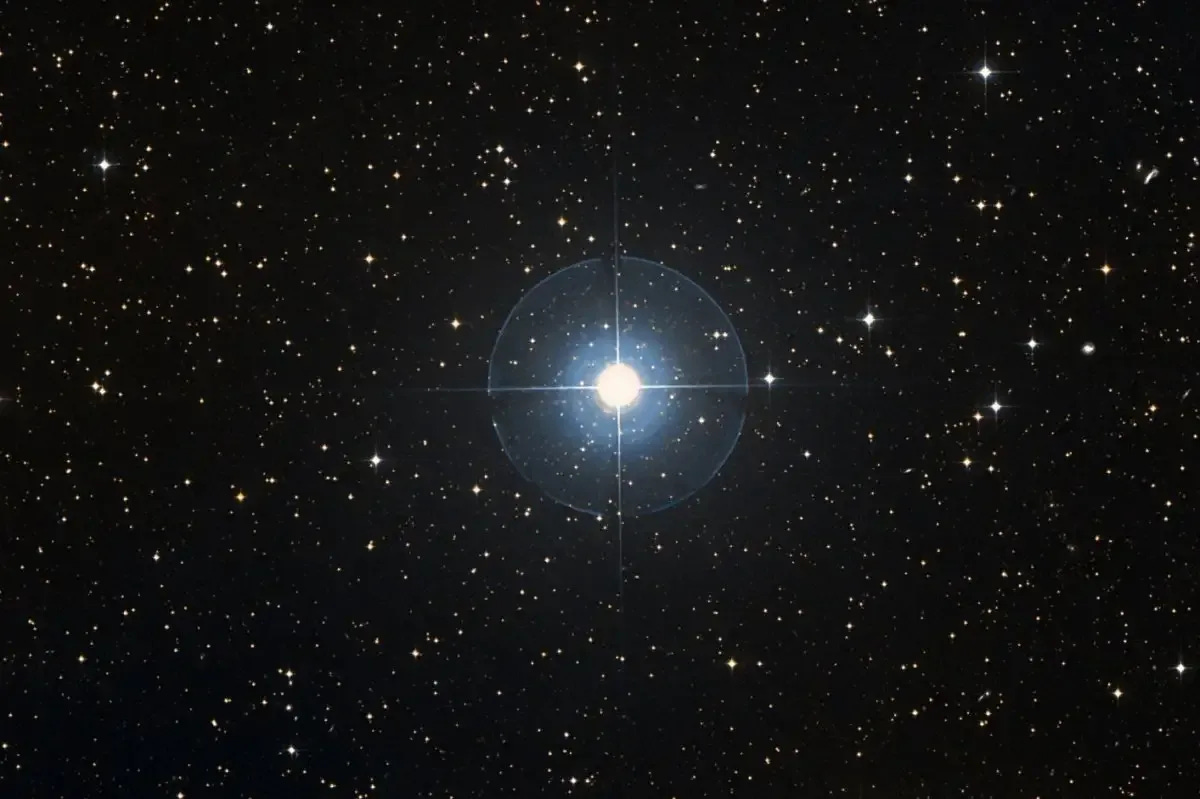The most improbable story
Reading the Bible with your children is a great way to re-appreciate the core elements of Christianity. I’m currently reading through the Book of Matthew with my kid. We take turns reading chapters out loud, and in between I explain what's going on in relatable terms.
I also ask questions at the end of each chapter. Yesterday, I asked my kid to imagine people who have never heard of Christianity and what they would come up with if you told them to make up a story about God coming to Earth. We decided that they'd make him a 7-foot-tall billionaire muscled-out Chad with wings who lived in the Hall of the Mighty with his army of angels who would use bolts of lightning to smite the 1% of naughty subjects who don’t believe in him.
Here’s what people wouldn't make up about God coming to Earth. He is born in a barn as a helpless human baby to a teenage nobody. For the first years of his life he is forced to live in exile because a murderous king wants to kill him. His family eventually settles in a rough, backwater town. He is not wealthy, he is given a common name, and he has unremarkable looks. He suffers all the indignities of being a physically ordinary human. As an adult carrying out his earthly mission, he lives in poverty, is hated by the authorities, and is disbelieved by many. He teaches obedience, meekness, and forgiveness. He heals the sick and ministers to reviled, rejected, and forgotten people. He then willingly submits to wrongful conviction and the most painful, ignominious death possible.
To our modern sensibilities, this actually sounds like a great plot for a fantasy hero origin story—right up until the part where the main character lives in poverty and preaches submission to God and loving and forgiving people you don’t want to love or forgive. And where the story really falls apart is when the King of kings, the Lord of the universe, the Mighty God come to Earth, doesn’t deliver a rousing speech before a cowed Pontius Pilate, doesn’t come flying off the cross to exact flaming vengeance, but is executed like the worst sort of criminal, leaving his followers in disbelief and despair.
Yes, he does reappear Gandalf-like at the end of the first part of the story, clad in white, unrecognizable at first to those who loved and followed him, and after a brief time on Earth he eventually ascends (again, Gandalf-like) to the undying land of Heaven.1 But the effects-laden flaming vengeance and final throwing down of the enemy stuff many people expected from the Messiah won’t happen until the events described in the Book of Revelation come to pass, and only God knows when that will be.
No, this is not the sort of story people make up about God coming to Earth. Not even the people who believed the Messiah was coming thought it would look anything like this.
In fact, the story of Jesus as told in the gospels is so implausible as a made-up story that this alone compelled me to investigate its truth when I was a non-believer. But this is our Wonderful Counselor, our Mighty God, our Everlasting Father, and our Prince of Peace. Worthy of our love, our trust, and our devotion.
As we get ready to celebrate His coming into the world, this is a great time to start reading the Bible with your kids and rediscover its wonder if you aren’t already.
An astronomer’s take on the star of Bethlehem
And behold, the star that they had seen when it rose went before them until it came to rest over the place where the child was. When they saw the star, they rejoiced exceedingly with great joy. —Matthew 2:9-10
I’m often asked about the scientific plausibility of the star of Bethlehem that guided the three wise men to Jesus’ birthplace, especially around this time of year. Some guess that the star was a comet or a conjunction of planets or maybe even a supernova, and they ask if there’s any physical or historical evidence for such an event.
Before we discuss evidence, it’s important to note something about the way the Bible describes God interacting with people on Earth. Think of the ten plagues inflicted on Pharaoh. The pillars of cloud and fire that guided the Israelites through the desert. The burning bush. The wind that pushed back the waters of the Red Sea. God, Himself, walking the Earth as an ordinary-looking human being. What do you notice? God seems to prefer to intervene in ways that appear both natural and miraculous. He does this to maximize believability while preserving human free will and protecting people from the full power of his glory. (By the way, I wrote a chapter in a book about this. I also wrote an article about how miracles don’t technically break the laws of nature.)
God employs the natural-miraculous for other reasons, too. When Jesus was born in Bethlehem, it was necessary for God to use both the natural and the miraculous as a guide, but this time to be compelling to the right people (the wise men) and to be obscure to the wrong people (King Herod). That ruled out ostentatious displays like a giant flaming arrow or angels pointing to the location. So, God used a star.
The word for star in the New Testament could mean any kind of natural object that appeared in the night sky, like an actual star, a planet, a comet, and so on. In my opinion, the star of Bethlehem was a natural phenomenon, but probably not one that is embedded in the natural or historical record. We can use astrometry to track where planets and stars were thousands of years ago, but we’ve found nothing remarkable for that time and place. We can look through historical records for mentions of comets or supernovae around the time of Jesus’ birth, but we find no mention of objects like that. However, this isn’t a problem. Just as God miraculously conjured up temporary pillars of cloud and fire to guide his people, he could easily have conjured a temporary star in the sky to guide the wise men.
Are there such things as temporary stars in nature? Yes. In fact, I believe God used what’s called a nova as the guiding star of Bethlehem. A nova (Latin for “new”) is a star that temporarily flares up, but not in a way that ostentatiously destroys a star like a supernova does. During a nova, a star that’s usually not bright enough to be seen from Earth can, in a single day, become bright enough to be visible from the Earth—hence the name “nova” referring to an ostensibly new star in the sky. A temporary “new” star would not have been so bright as to get attention the way a supernova would, but it would’ve been bright enough to get the attention of someone looking for a sign. And it would eventually have faded away into invisibility within a few days or weeks.
Personally, I like the idea of a nova as the star of Bethlehem. Something that was there all along, invisible until the perfect time, heralded the once invisible God who was now physically with his people.
Merry Christmas, y’all.
Considering J.R.R. Tolkien was a committed Catholic, it’s almost certain he incorporated elements of Christianity in The Lord of the Rings. See Ralph Wood’s book, The Gospel According to Tolkien.









Excellent, Sarah. Very encouraging. Merry Christmas!
Colin Nicholl’s book, “The Great Christ Comet” is a well-researched, compelling look at this subject. He looks at all the major theories in this regard. Worth reading. Merry Christmas!